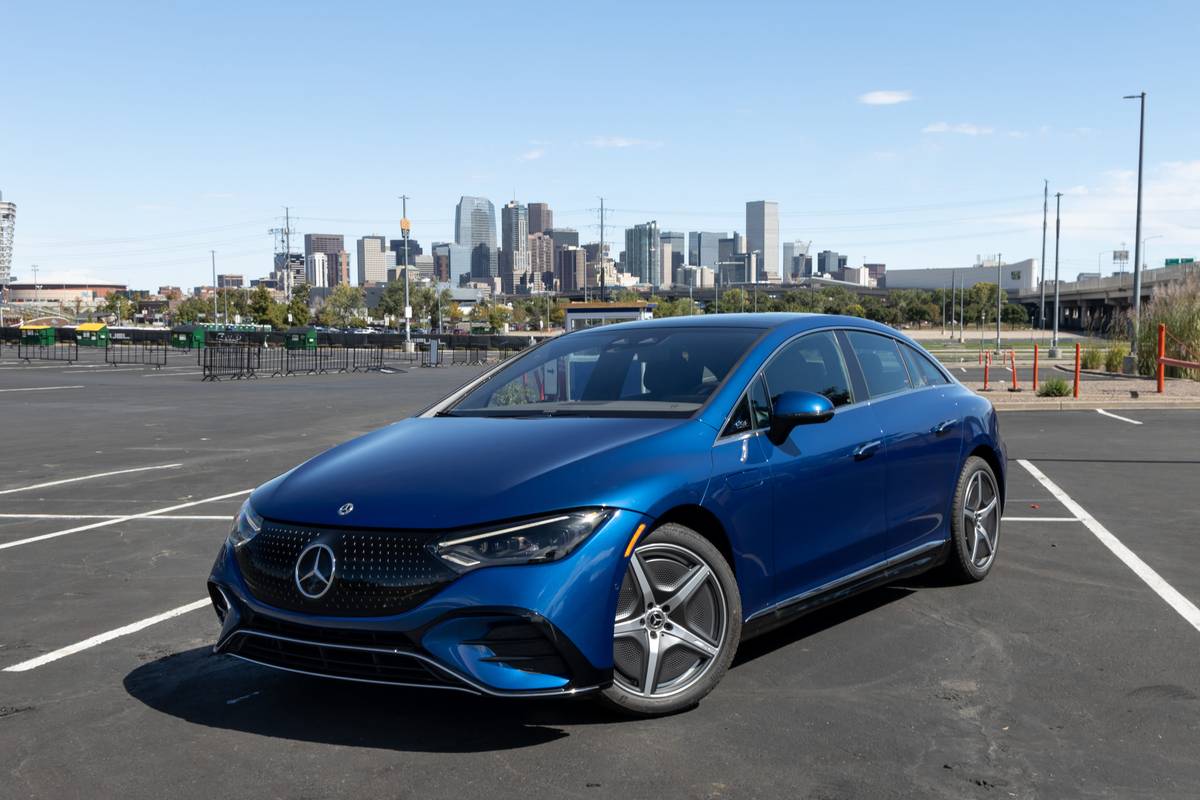
The verdict: All of the bigger EQS Sedan’s novelty, controversial styling and stunning abilities, but in a shorter, less-expensive package.
Versus the competition: The EQE is far more opulent, luxurious and sophisticated than anything Tesla makes, but doesn’t have the efficiency, speed or athletic prowess of the Model 3 or Model S.
The whole idea of “one sausage, three sizes” was borne out of German luxury-car strategy in decades past. The general practice was that you create one design and simply scale it larger and smaller to fit the three main size categories: full-size, mid-size and compact. Over the years, German automakers started straying from that, proliferating models and variants that blended the lines between segments, but it seems that with the introduction of Mercedes-Benz’s line of electric cars marketed under the Mercedes-EQ banner, that strategy is making a comeback. Witness this, the new 2023 Mercedes-EQ EQE. It’s the fully electric E-Class equivalent of the fully electric S-Class equivalent the company sells as the EQS Sedan. But is it really just an EQS-lite? Shorter, narrower and less expensive? Yes, actually it is.
Related: 2022 Mercedes-EQ EQS Review: Ze Germans Embrace ze Future
I’ve Seen You Somewhere Before
The overall shape of the EQE is nearly identical to the larger EQS Sedan. The EQE simply looks like a seven-eighths-scale EQS Sedan, from the overarching bow line, which extends from the front wheels, up over the roof and down to the short trunk, to the cab-forward design aesthetic that pushes the wheels out to the corners to create more cabin space. The look is almost certainly necessitated by the aerodynamics of the car — the EQS Sedan was already super slippery, and so is the smaller EQE. It needs to be aerodynamically efficient to help extend the car’s range, as drag can sap battery power at higher speeds. So it looks like it does because it has to — whether or not that’s a good look depends on your opinion of the car’s design. But one benefit of the “one sausage, many sizes” idea is that if you like the look of one model in the lineup, you’re likely going to like the look of the rest of them. Unfortunately, the opposite also holds true for people who are not fans of the look.
While the shape might be great for aerodynamics, it’s not doing anything good for interior layout, outward visibility and cabin space. The same foibles in design and packaging that made the EQS an imperfect offering have reappeared here in the smaller EQE. The first has to do with dashboard design — sitting in the EQE, you’re faced with an absolute cliff of a dashboard, especially if you’ve opted for a model with the 56-inch Hyperscreen that stretches a piece of glass from edge to edge, covering three separate panels. My test car had the smaller 12.8-inch OLED portrait-oriented touchscreen, which is less imposing but just as tricky to navigate at a glance. For people expecting to sit down and operate everything intuitively, well, that’s just not going to happen; using a modern Mercedes-Benz has a learning curve associated with it and will take many exposures before it becomes easy or routine.
But the more fundamental issue with the EQE’s dash is more about the placement of the digital instrument cluster. It’s placed so high on the dashboard that I have to place the steering wheel in an unnaturally high position to be able to actually read the gauges, leading me to drive in an arms-up position like I’m behind the monkey-style handlebars of some custom chopper motorcycle. And even then, the position is not high enough for the EQE’s satisfaction, as it keeps telling me I need to raise the steering wheel even more so its cameras can view my face for the attention assist and semi-autonomous driving monitors. Raising the seat bottom doesn’t solve this issue, as headroom is in short supply in the EQE due to the panoramic moonroof’s track.
This swoopy design also affects rearward visibility, as the back window in the EQE is a gunslit of an opening. Seeing anything behind the vehicle on the road is a challenge, as you’re only getting the lower half of anything behind you in your rearview mirror. Forward visibility is also compromised by the super-tall dash, but side visibility isn’t too bad.
Seat comfort is good, with a lot of adjustability baked into the front chairs. Rear seat comfort, however, is again compromised by the low roofline. Legroom is adequate, but the backseat bottom cushions are rather high because of the battery packaging, putting passengers’ heads hard up against the headliner. Getting in and out of the backseat is also a bit of a contortion act, as you’ll need to duck down to get around that plunging roofline as well. Suffice it to say, the overall cabin packaging shows compromises were made, ones that simply do not appear in a lot of competitor vehicles.
Related Video:
We cannot generate a video preview.
Familiar On The Road, Too
So it has the same interior foibles as the bigger EQS, but does it drive like its bigger brother as well? Yes, it really does. There are three trims available: the 350 Plus with a single motor on the rear axle; the 350 4Matic, which features a motor on each front and rear axle and thus has all-wheel drive; and the 500 4Matic, which amps up the power and torque from the 350 dual-motor version. My test car was the 350 4Matic, making 288 horsepower and 564 pounds-feet of torque. And just like the bigger EQS, the beauty of this powertrain is that it’s adjustable to suit your mood and needs: calm and composed for around-town, everyday driving or flat-out mental if you’re looking for speed and excitement. The use of standard rear-wheel steering, which can angle the rear wheels up to 10 degrees, makes this an astonishingly agile car as well, just like the bigger EQS. The EQE just winds its way through tight urban confines and twisty mountain roads with ease and comfort. It’s a remarkably well-done bit of technology and truly adds to the unique experience of driving the EQE.
The car’s steering feel is more on the neutral and numb side, however, but that’s okay because this isn’t meant to be a sports sedan, given its prodigious weight. It’s more at home being a competent luxury cruiser, soaking up bumps and gliding down smooth asphalt in near silence, without any drone from the tires or motors, or even a whoosh from the wind slipping past the windows. Elegance and poise is more the order of the day than alacrity and noise. You won’t be disappointed if you drive it like a luxury car rather than a sports sedan. Only the brakes disappoint, which share the same dead, uncommunicative pedal feel as the EQS. The brakes seem to develop a mind of their own if you’ve chosen a more aggressive energy recuperation setting, like the bigger EQS. When you lift off the accelerator, they actually actuate the pedal themselves, meaning the brake pedal isn’t always in the position that you think it is. That is still just as massively disconcerting in the EQE as it is in the EQS and is the big reason I don’t like the “one-pedal driving” style Mercedes-Benz offers up in these models.
Coming Soon: Pricing, Range
We’re still short of a few details on the EQE, despite it heading for U.S. showrooms in the next few months. We don’t yet have any estimates for the range of the EQE and its 90.6-kilowatt-hour lithium-ion battery pack, but Mercedes reports it can go 410 miles on a charge in the European cycle, though the U.S. cycle is likely to be considerably less because the EPA’s testing methodology differs from the European format. It is a pretty big battery pack, however, so numbers approaching 300 miles are not out of the question. We also don’t have any pricing for the car yet, but given it’s meant to compete against things like the Tesla Model S and Lucid Air, you can pretty well imagine it’s likely to start in the $70,000-$80,000 range.
The EQE should provide an interesting competitor for those models and might indeed appeal to someone who’s tired of looking at the Model S in their driveway, which hasn’t changed much visually since it was introduced a decade ago. The EQE isn’t nearly as athletic as that Model S, nor does its interior packaging seem as well sorted out, but it does offer far more luxurious trimmings, some nifty and useful technology, and a fresh face to show the valets at your favorite restaurants and clubs. The novelty alone should gain it some fans, but in all honesty, we’re really more looking forward to the SUV version of this vehicle that’s promised for next year, which we hope will help resolve some of the packaging issues that seem to affect the EQ lineup of sedans.
More From Cars.com:
- 2022 Mercedes EQS: Think of It as an Electric S-Class
- All-Electric 2022 Mercedes-EQ EQS Sedan Starts at $103,360
- 2022 Mercedes-EQ EQB: The GLB Goes Electric
- 2023 Mercedes-EQ EQE: Like the EQS, in a Smaller Package
- Here Are the New Electric Vehicles Planned by 2025
Cars.com’s Editorial department is your source for automotive news and reviews. In line with Cars.com’s long-standing ethics policy, editors and reviewers don’t accept gifts or free trips from automakers. The Editorial department is independent of Cars.com’s advertising, sales and sponsored content departments.





























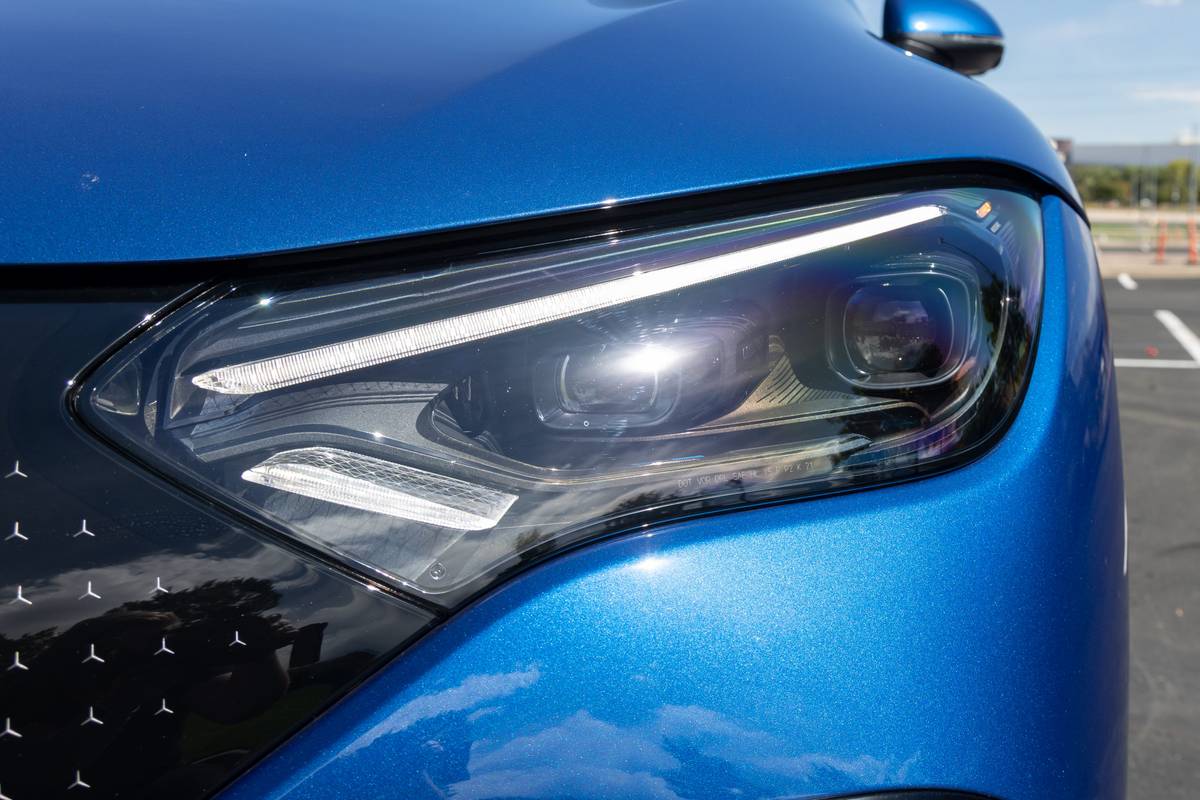

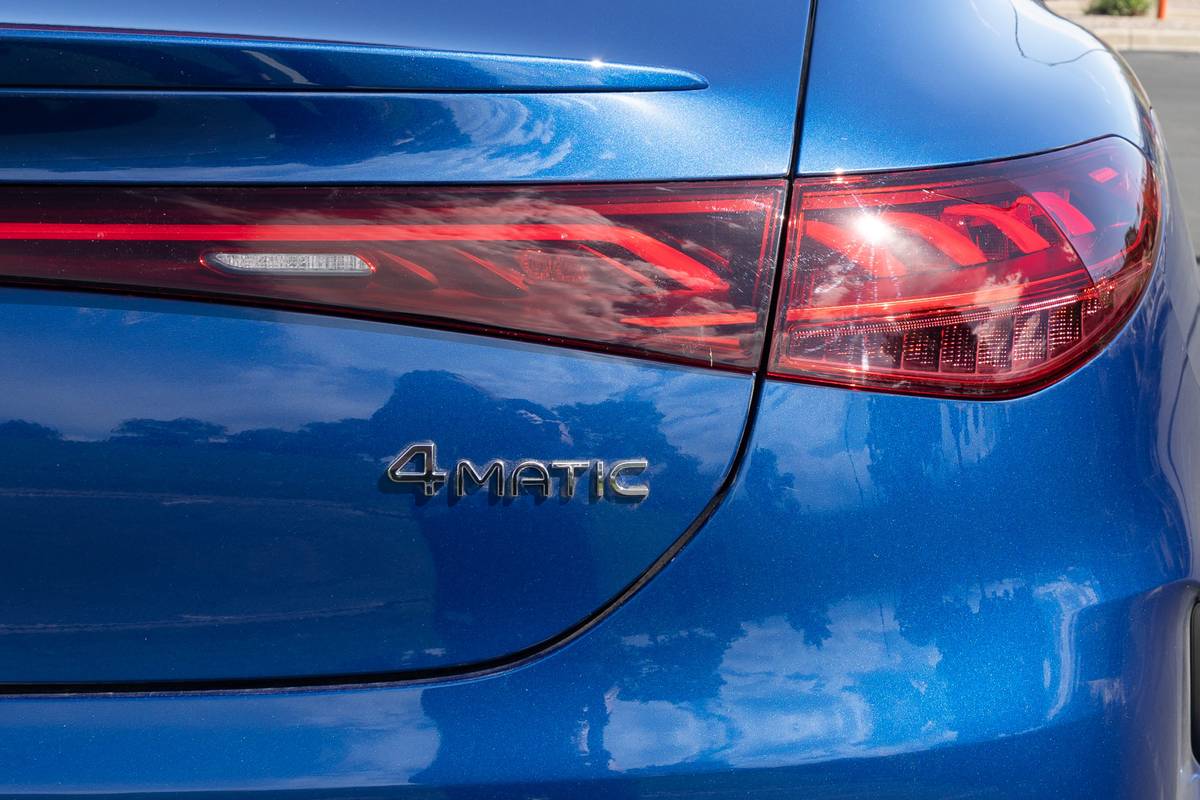

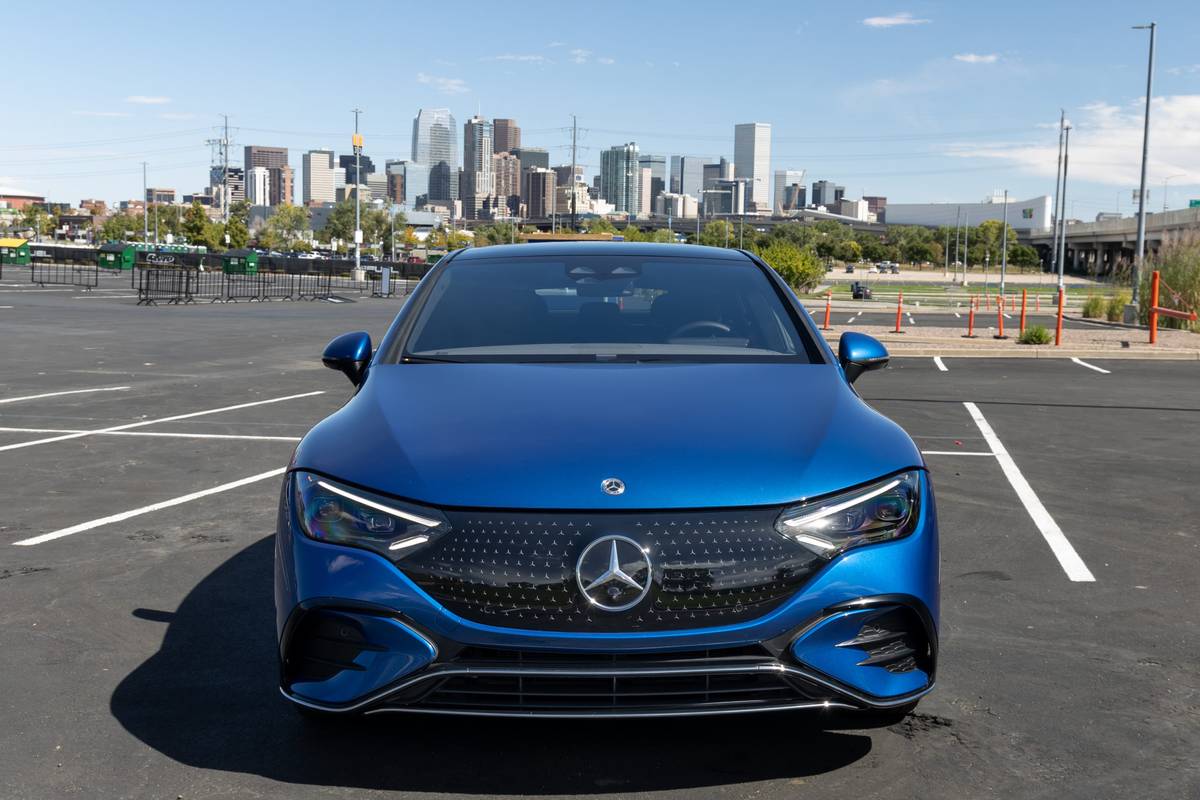


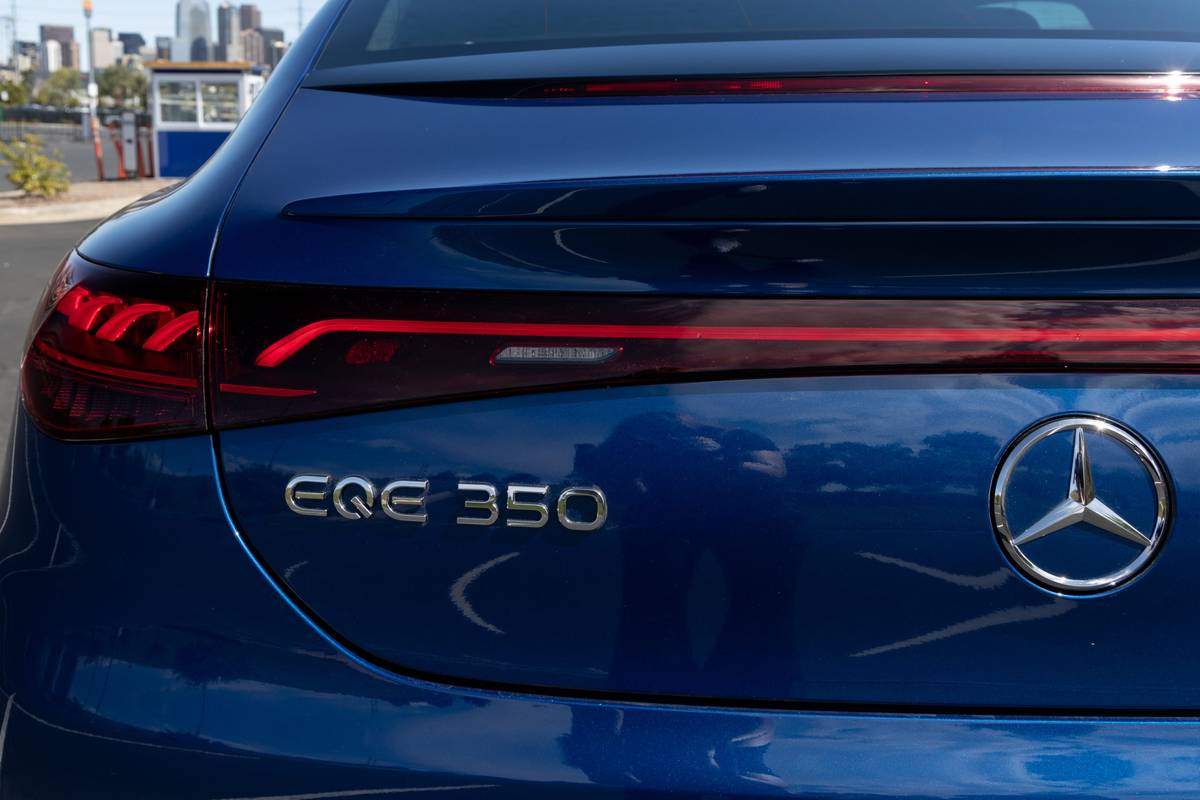

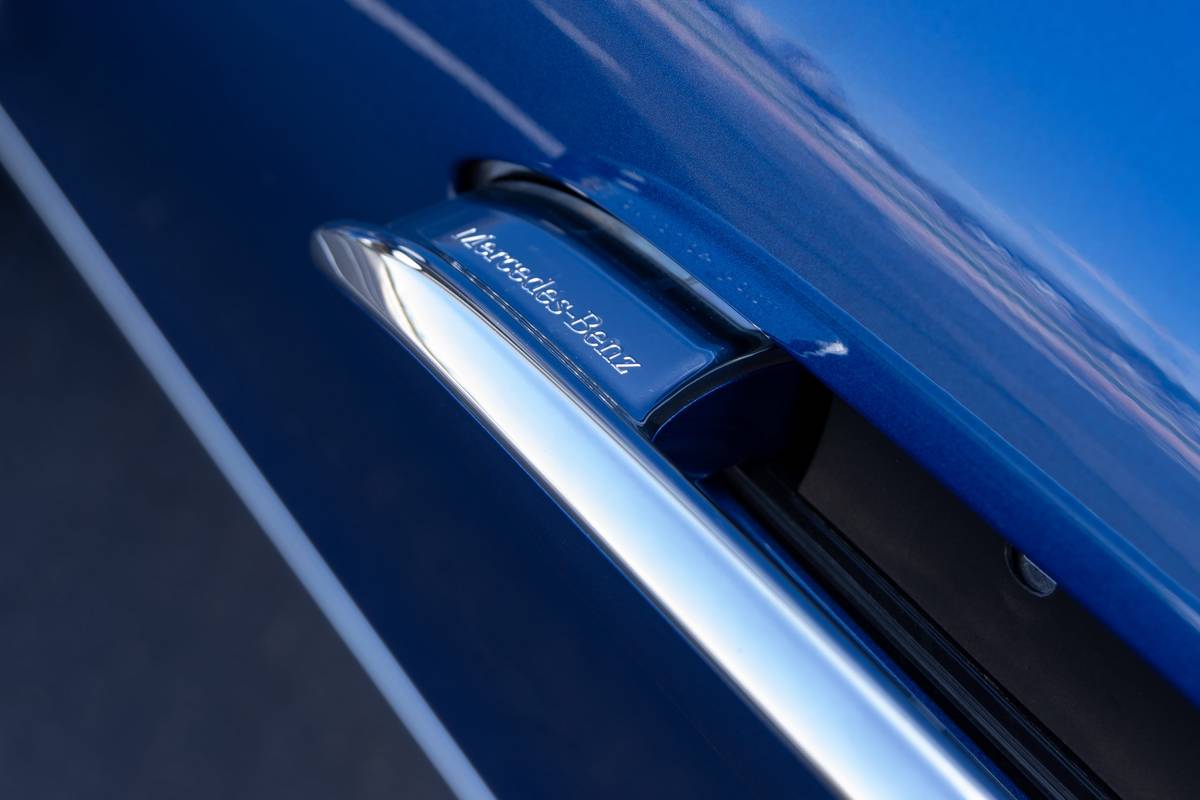
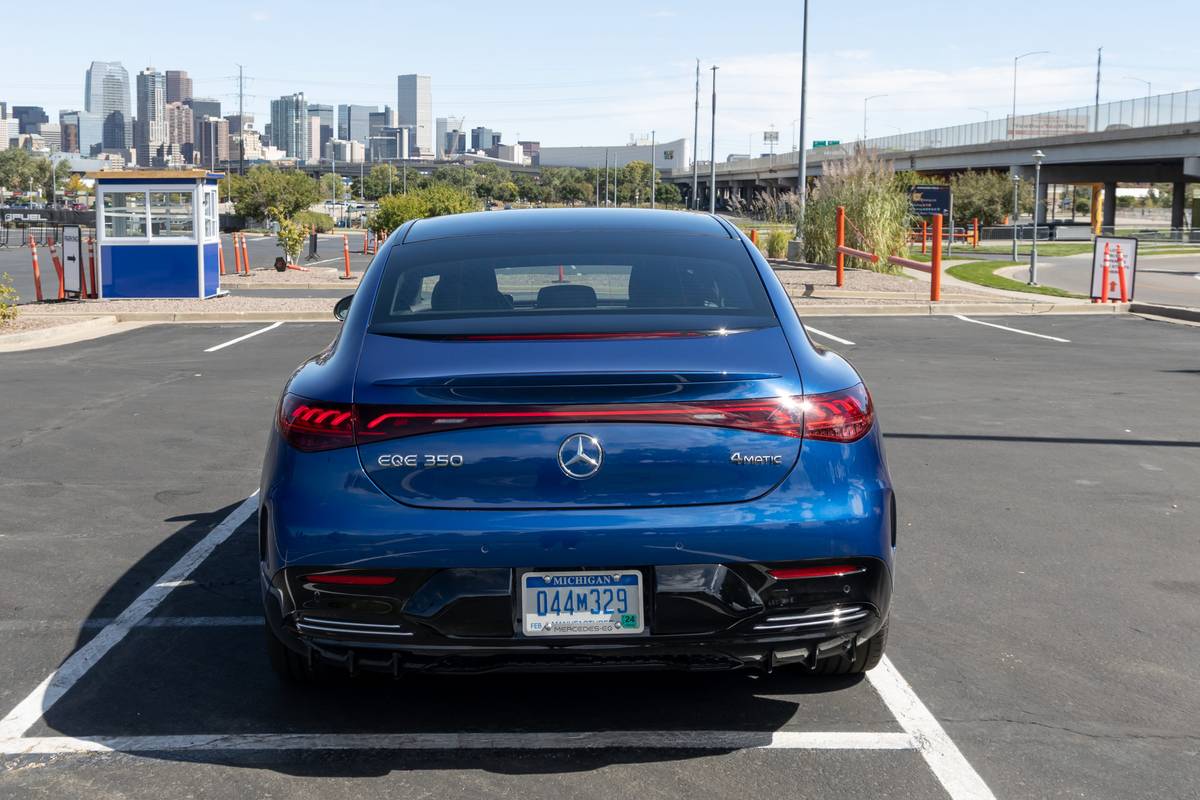


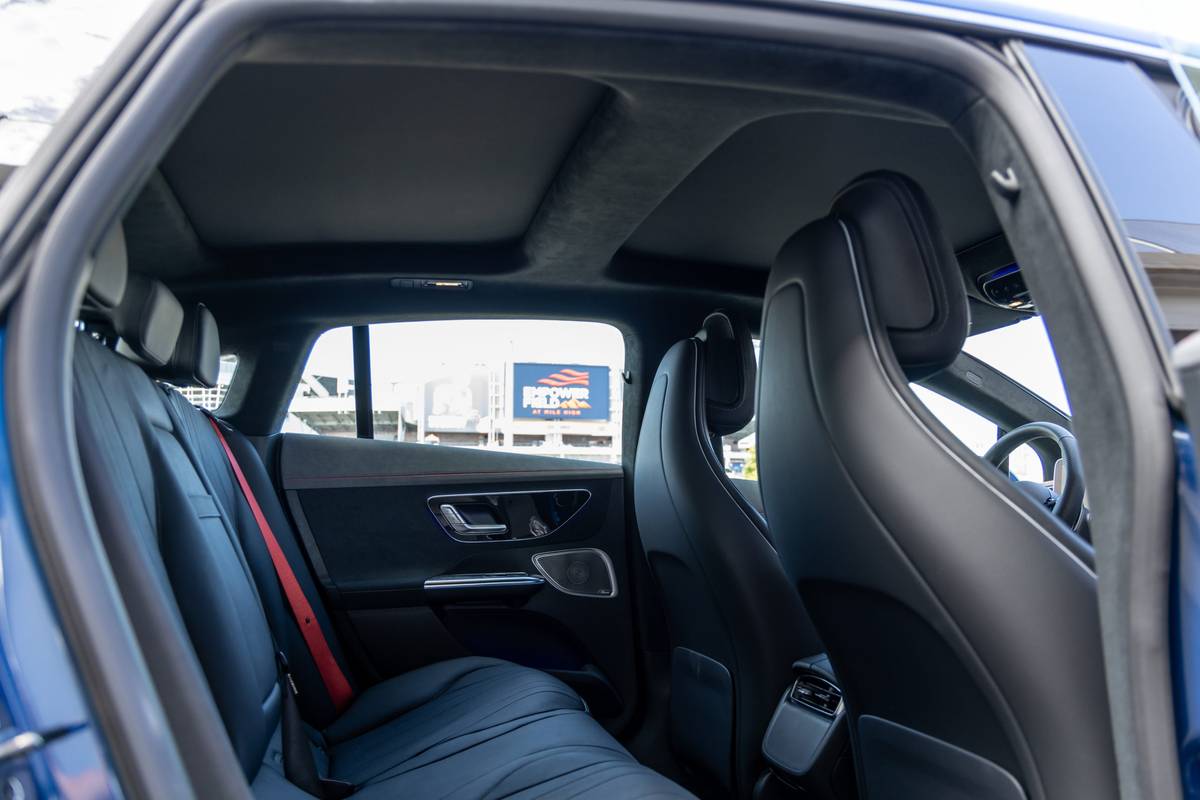

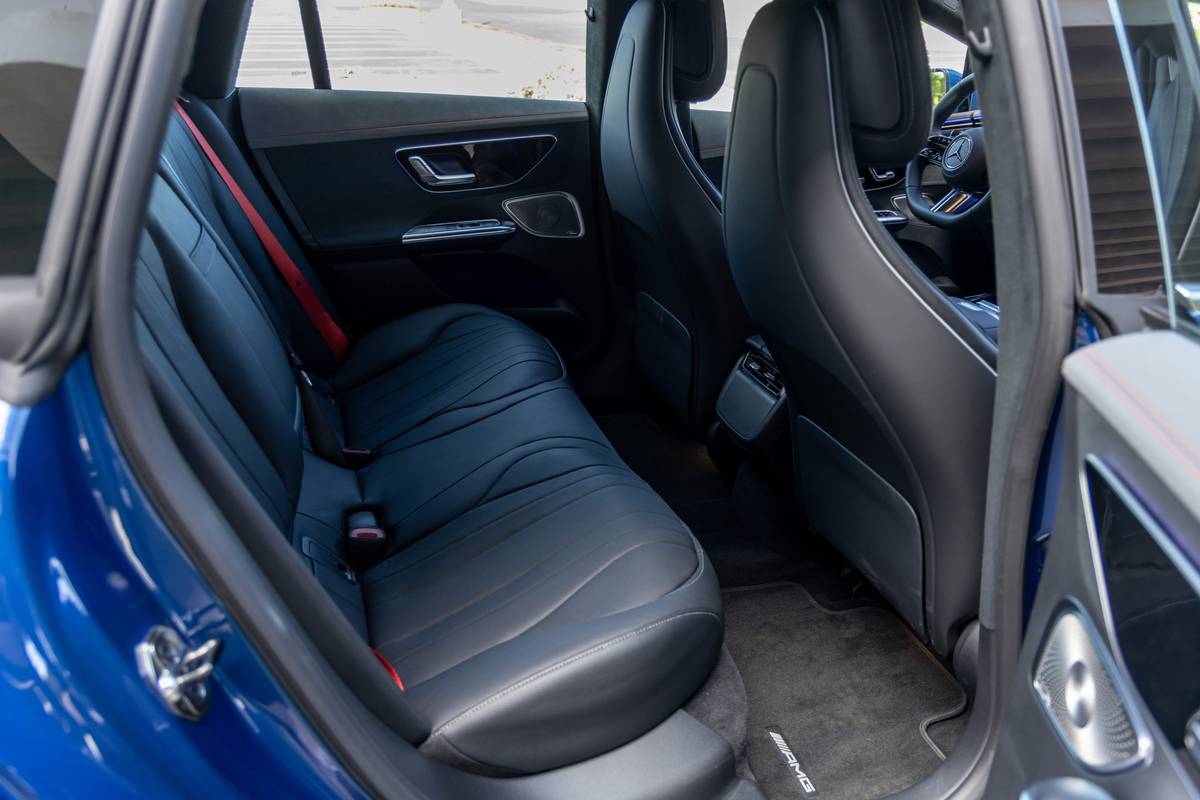
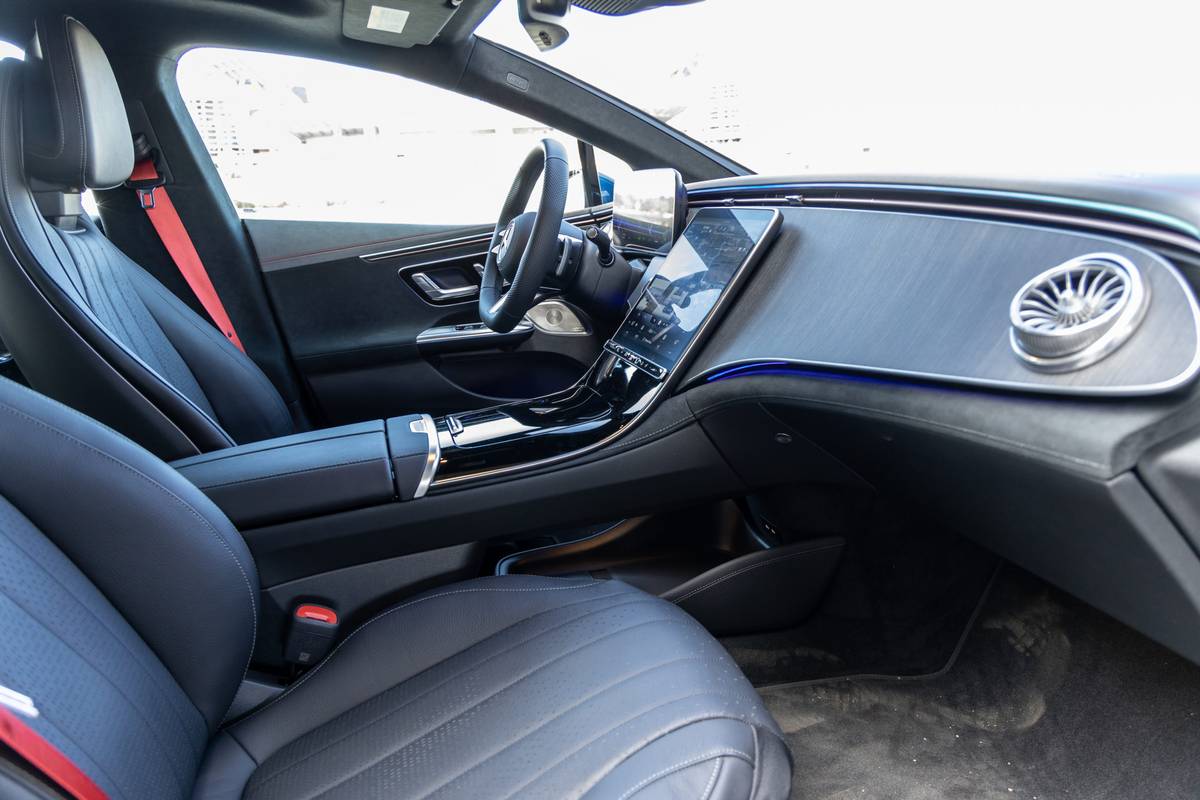
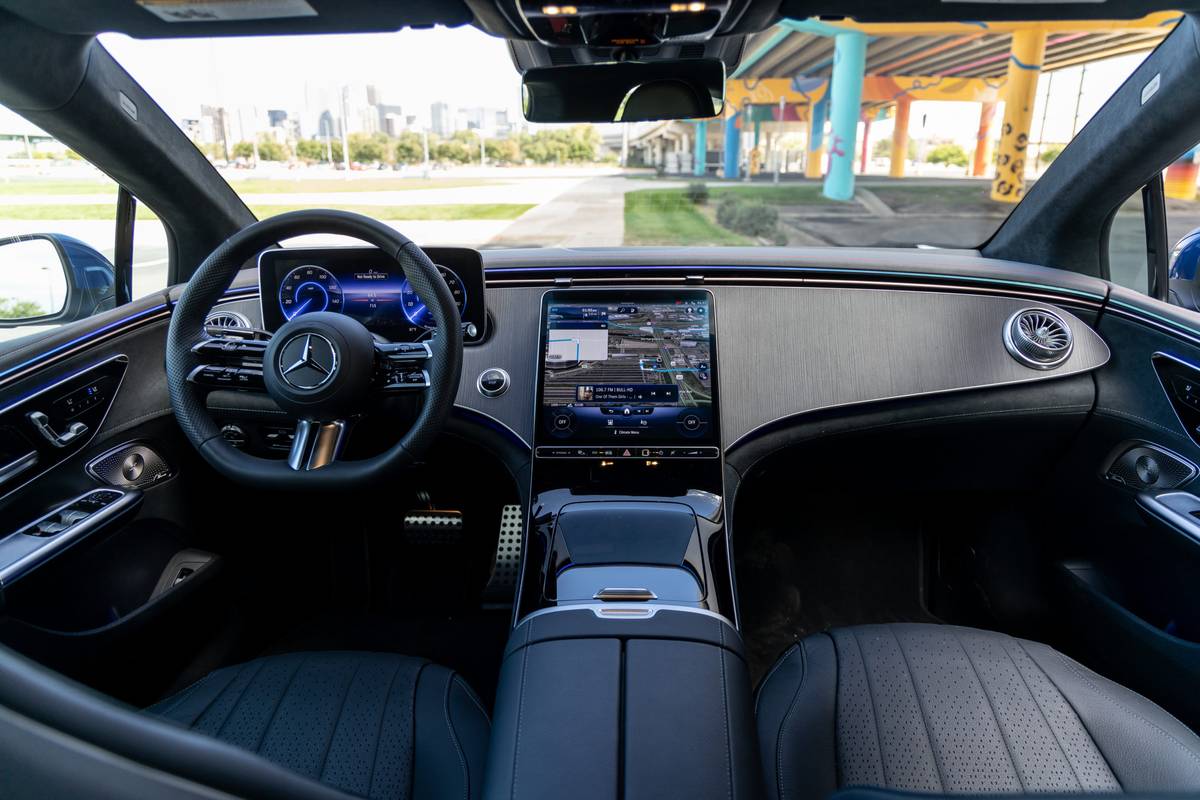

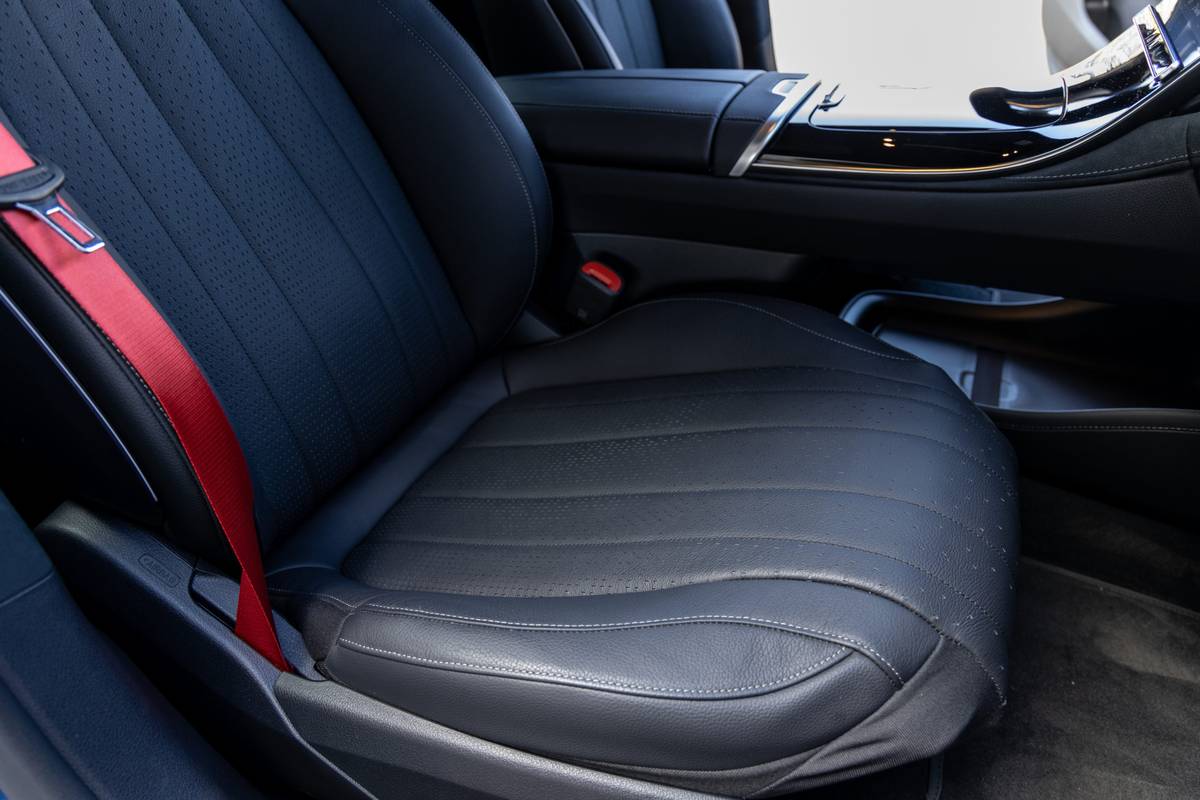
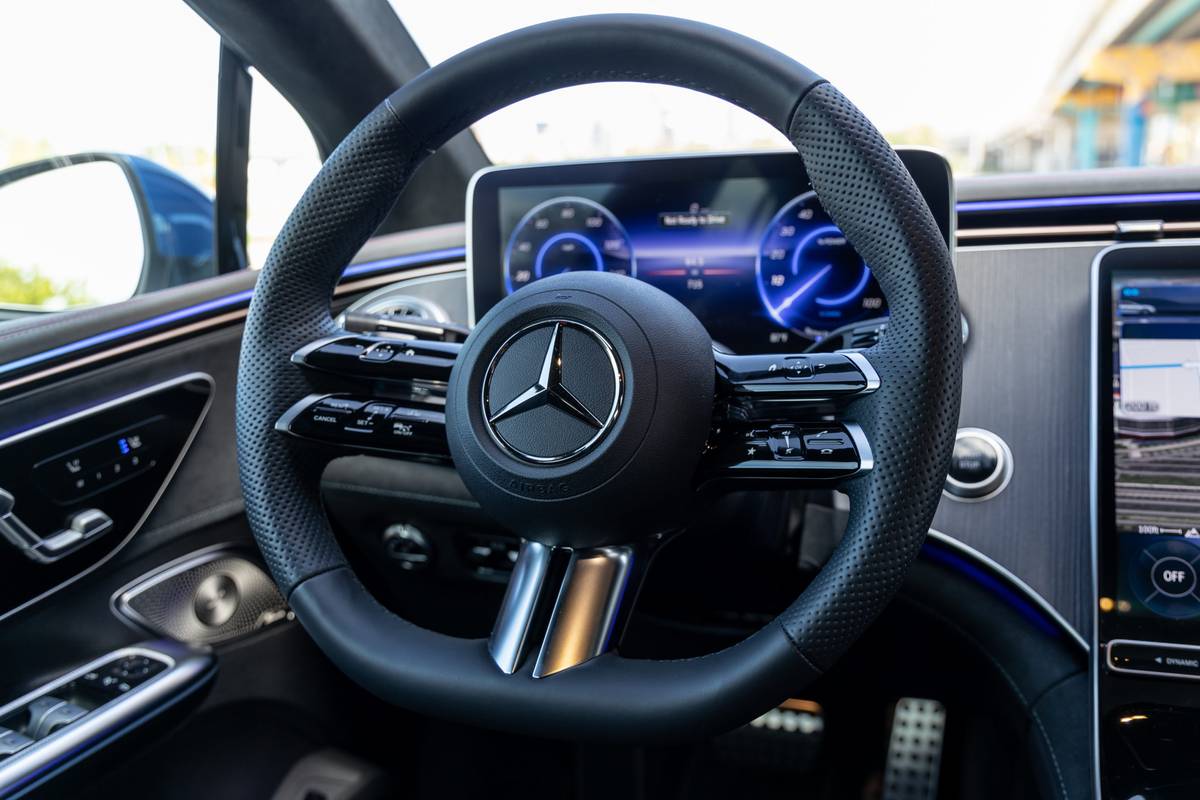



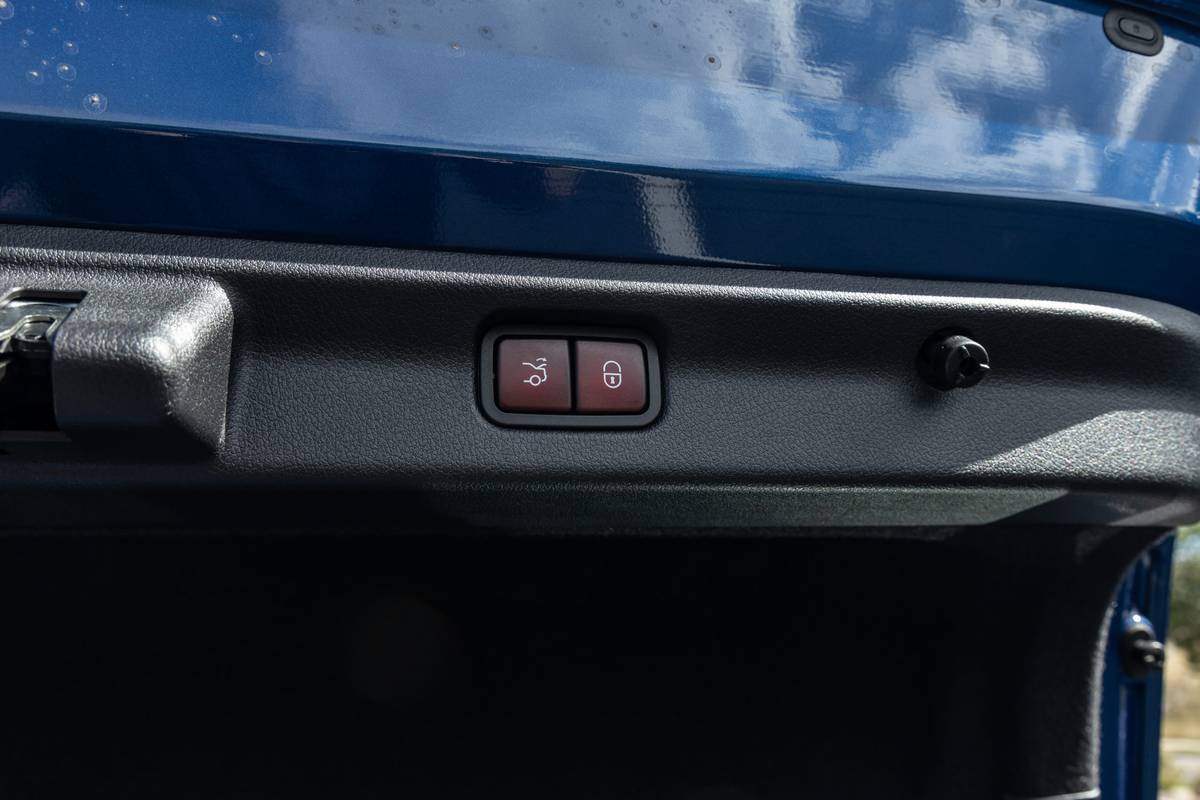


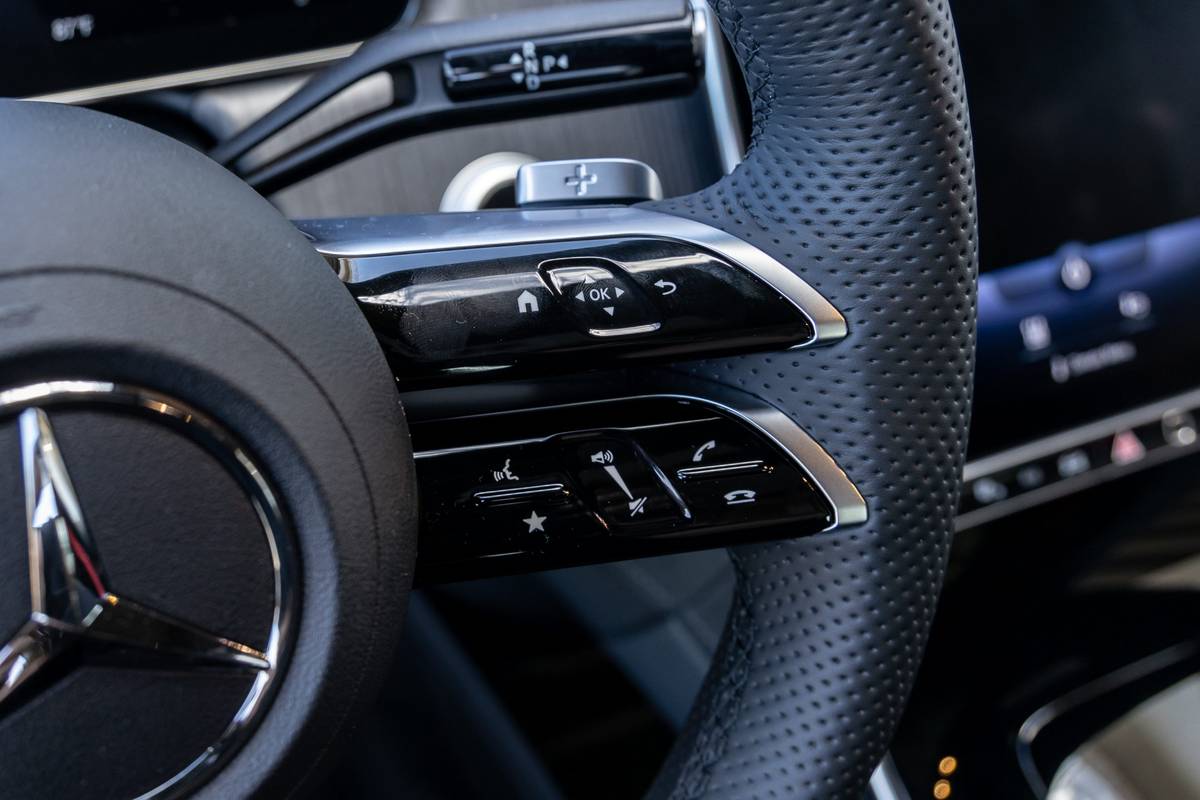







.png)